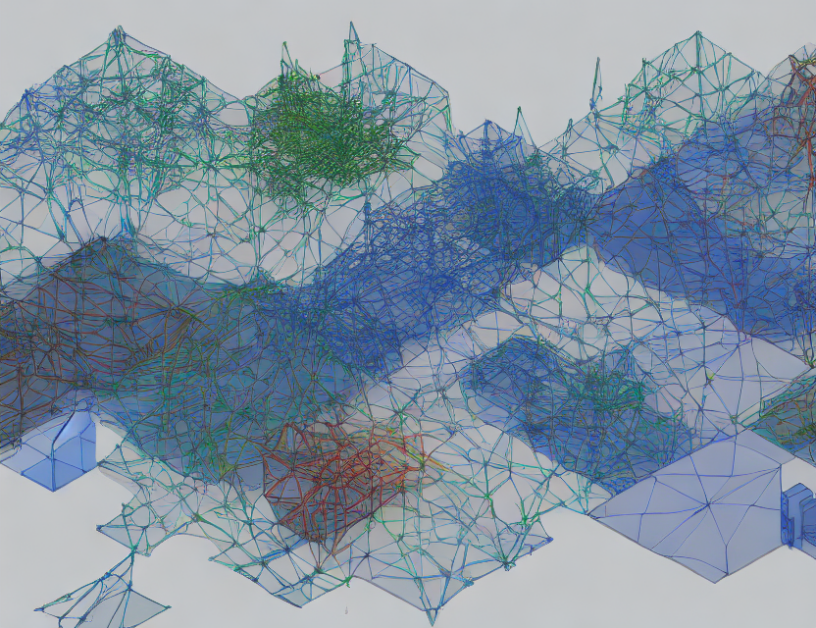In this article, we explore two concepts crucial in distributed tensor computations: Arbitrary Value Agreement (AVA) and Approximate Agreement (AA). AVA focuses on achieving consensus among operators so that their output values are the same within a specified error margin. AA, on the other hand, seeks to retrieve values close to those of honest operators, with the goal of producing output values that approximate the ground truth.
To achieve AVA, we first agree on the initial value of every operator and then apply a function to the vector of agreed-upon values so that all honest operators produce the same value. This process ensures that the output values are within the error margin of the ground truth.
For AA, we request tensor values from all operators for a particular time period and apply a function to each element. This approach retrieves values close to those of honest operators, with slight differences in the sequences of tensors that do not affect the outcome when applying a consistent function.
The article highlights the importance of AVA and AA in distributed tensor computations, emphasizing their role in ensuring accurate results. By demystifying complex concepts through everyday language and engaging metaphors, we hope to provide readers with a clear understanding of these vital principles.
Computer Science, Networking and Internet Architecture
Achieving Approximate Agreement in Distributed Tensor Computations



